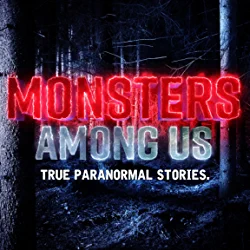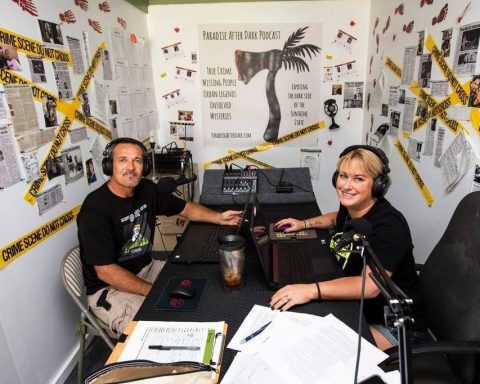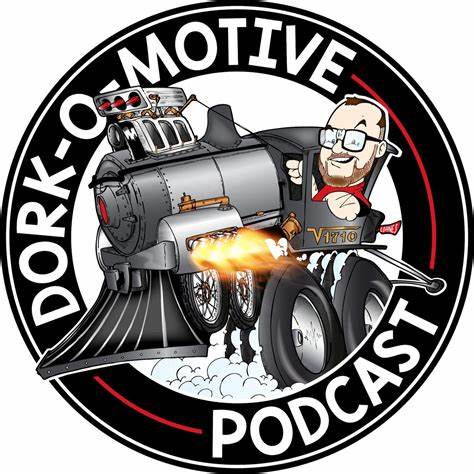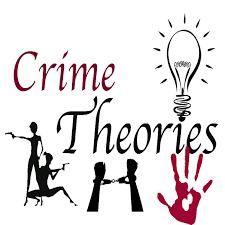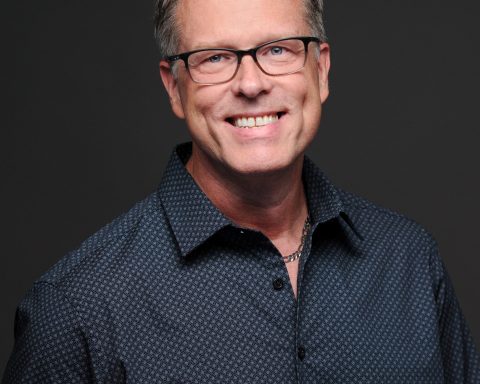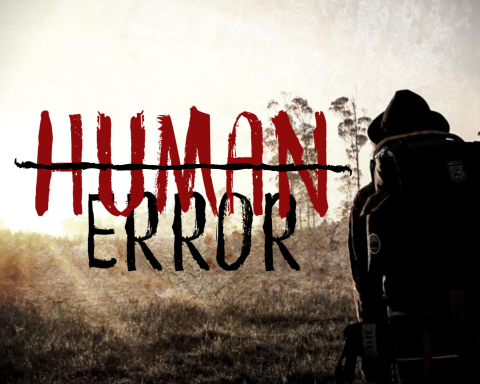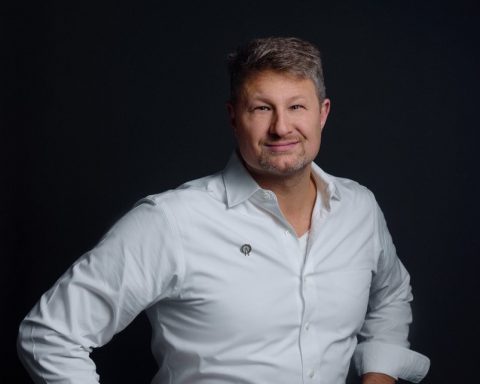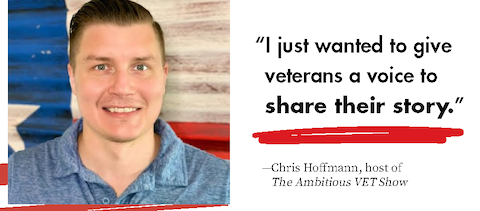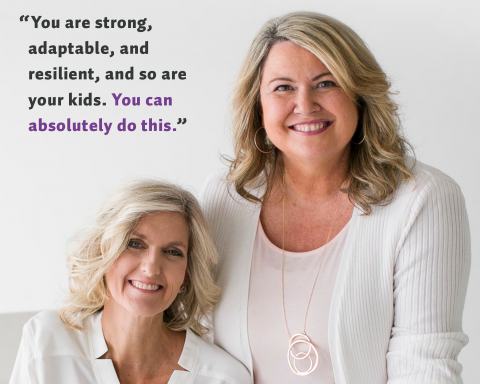Last month, in Part One of this series, we asked our hand-chosen, esteemed true-crime panelists our first question:
Why do you “true crime?”
In case you missed it, the panel discussed how many podcasters “true crime” not only for the entertainment value, but more importantly, to provide a service to society. That is certainly the case when it comes to our panelists.
As a reminder, our panelists are:
Margot, host of Military Murder
Lori, host of The Unlovely Truth
Anna-Sigga, cohost of Anatomy of Murder
Kenzi and Holly, cohosts of Crimeaholics
Jake, cohost of Strictly Stalking
This month, we’re delving into a more global question we at Podcast Magazine® have asked a number of times:
How do you podcast?
In other words, where do you listen to podcasts, and how do you consume them?
To offer a little bit of insider’s insight—in over two years of writing for Podcast Magazine, I have deliberately listened to the shows I cover, as well as those I have considered writing about, the way many other listeners do—while working out, walking, driving, and doing work around the house. I intentionally consume them exactly as their avid listeners would.
For most, it’s while doing other activities. That’s one of the beauties of this medium. Unlike watching a video or reading a book, for example, which are generally focused activities, our podcast hosts are often in our ears while we are multi-tasking.
I very rarely sit and listen to a podcast at my desk. When I do, it is to confirm a detail from a particular episode while writing an article.
So, I relished the opportunity to ask this group of seasoned professionals how they podcast.
Anna-Sigga from Anatomy of Murder had one go-to show she listened to before getting into podcasting herself. “I listened to Serial way back when it started. I loved it, because I thought it was very well done.” Now that she is one of the icons of the genre, she listens to a few more.
“My number one go-to place for listening to podcasts is in my car,” revealed Anna-Sigga. “I’m by myself. I am not on the phone, or dealing with every other distraction, so I can really absorb [the content]. What I have found is that it allows me to take it in differently. I pay attention in a different way. I like the intimate setting you get from listening in the car, too. It makes it much more conversational and one-on-one. I think I pay attention more.
“My second favorite way of listening to podcasts is while running. It’s a great way to let the time go by and forget that I really want to stop running,” she laughed.
Margot from Military Murder reminisced on her time working on a military base. “When I was going back and forth from the base, I would always listen to podcasts in the car.”
But as is the case for many of us, life changes. “I don’t have as much time as I used to when I was driving so much,” admitted Margot. “Now, I listen when I’m working out first thing in the morning, and when I put the baby in the stroller and go for our walks so I can get my daily steps in. That’s my main time to listen.
“I really like listening to podcasts through my headphones,” Margot continued contemplating. “Sometimes, I’ll play it on Google while I’m in the kitchen. [The sound] kinda goes all over the place. But when I put my earbuds in, it’s more focused, and I feel like I absorb it more. It’s amazing, because even when I watch a true-crime show, I have to actually physically take notes to remember what was said. But when I listen to a podcast episode about a case, I am more likely to retain the information.”
That revelation spurred a suggestion from Margot to Anna-Sigga, one attorney to another— “Maybe we should make the jury wear little earpieces, so we can be right in their ears? Just a thought…”
Perhaps a subject for an entirely different panel, we joked.
Jake from Strictly Stalking joined the panel discussion from his car—something he does often. Naturally, the rest of us assumed that is also where he listens to podcasts. “That’s a pretty general assumption,” Jake laughed as he drove.
Yet it was correct:
“During the pandemic, many of us had to take calls or Zoom meetings in our cars,” Jake continued. “Ken always ribs me about this, but I do love listening in the car. There’s something about this chamber of isolation that supports the intimacy of podcasting. It’s comforting. There’s so much going on out there, and this is my private space.”
Prior to the pandemic, there was a shared opinion in the podcasting space that the rise of the medium somewhat coincided, and would continue to align with, the rise in time spent in cars. In 2019, it seemed that drive-time commutes were increasing in many major metropolitan areas. This certainly appeared to be the case in areas where the freeway system was more robust than the public-transportation options—i.e., Los Angeles, Houston, and Minneapolis/St. Paul.
I remember learning about drive times during the very first course I took on podcasting almost a decade ago. One of the instructors was a guy I barely knew at the time named Steve Olsher. (You may have heard of him… he’s the Founder/Editor-in-Chief of the magazine you’re reading right now.)
When pressed by the students of that course as to how long a podcast episode should be, Steve explained that, in general, it should be as long as it needs to be. However, if a podcaster absolutely wanted or needed to focus on a particular length of time per episode, it would likely be around 11 minutes. Why? Because that was the average length of commute to and from work at the time.
Two years ago, in March 2020, New Media Summit participants discussed how most vehicles that had rolled off the assembly line in recent years even have an icon right on the dashboard touchscreen for podcasts—an addition that is predicted to remain for the foreseeable future.
Of course, the whole world was turned upside down on the last day of that New Media Summit, as sports leagues began shutting down due to COVID-19. The commute for many workers quickly went from 11 minutes to 11 seconds as they walked from their beds to their laptops in their homes.
However, that doesn’t detract from Jake’s point that, for many listeners, their vehicles are one of their favorite places—somewhere they spend a lot of time for a number of reasons. This will likely be the case again as we emerge from the pandemic, and carmakers are keenly aware of the importance of creating an oasis within the vehicle (complete with a premium sound system).
Lori, host of The Unlovely Truth, listens to podcasts in her car as well, as she tunes in when and where she “can best consume the information.” She admitted:
“I’m not a runner. If you see me running, someone is chasing me, and I probably need help.” This garnered a hearty laugh from the panel.
Lori went on to explain that she will often listen to podcasts while walking on the treadmill or doing mundane tasks. She chooses those times for a particular reason:
“Those are times I’m not thinking a lot [about the task at hand]. I want to take in what I’m hearing,” she gestured. “That’s a good time for me to be consuming [content].”
Like Lori, many listeners are intentional about timing their podcast consumption. Lori considers it a learning opportunity. In addition to listening to other true-crime podcasts, she listens “to a lot of ‘how-to’ podcasts. I want to learn more about being a speaker, about marketing, and other subjects. I have a few podcasts that I am listening to on those topics now. I think podcasts are a great way to dive into that kind of material.”
Some listeners may be surprised to hear that a lot of professional podcasters, creators who take their craft very seriously, are not avid podcast listeners themselves. Many will point to the time, energy, emotion, and passion they pour into their own podcasts not leaving a lot of resources for them to consume other podcasts on a regular basis.
That is the case with Kenzie and Holly from Crimeaholics. “For the most part, Crimeaholics has consumed a lot of our lives,” admitted Kenzie. While she does listen to other true-crime podcasts to support her friends in the genre, it’s on occasion, not religiously. “At one point, podcasting was a full-time job for both of us.
“I stopped listening to podcasts because I needed to step away from it,” she continued. “I needed a way to separate from it. When I did listen to podcasts religiously, it was Joe Rogan and Ben Bergeron. Back then, it was daily, and in the car.”
“The work that we do in True Crime takes a lot mentally,” Kenzie shared. (More on that in Part Three of our series.)
Holly echoed Kenzie’s sentiments about why she listens to podcasts less often post creation of Crimeaholics. “I hate to say it, but I don’t listen to podcasts much anymore, either,” Holly confessed. “We have a group text message—Margot’s actually in it—with several other true-crime podcasters, and we’ll listen to their shows… but honestly, I hate the sound,” Holly laughed. “I used to listen all the time—while I was cleaning, driving, and working out. But now that I listen to myself and edit my own episodes, I really hate the sound. I like silence. When it’s my time, I check out with silence. So, no, I don’t really listen to podcasts anymore.”
Clearly, for some podcasters, “how they podcast” is to not podcast at all.
To summarize, our panel’s number one place to listen to podcasts is in the car. Second, via earbuds while doing a non-mind-consuming activity.
There is something interesting about looking back at the evolution of home entertainment. About a century ago, intimacy was created around the radio after dinner, as family members listened to The Shadow or Little Orphan Annie. Next, we moved to watching television, and then videos on computers followed by smartphones. Now, we seem to have come full circle to the unique experience that only audio can provide. As an executive from iHeart Radio once alluded to during a conference I attended a few years ago, there is an intimacy in being right in people’s ears.
This is especially the case when it comes to listening to True Crime. There is a visceral reaction to someone speaking to you about some of the most horrific and disturbing cases today and in recent history. This brought up an intriguing but unintended discussion among the panel about the emotional and psychological aspects of producing a true-crime podcast. Cliffhanger: more on that next month.
March 2022 Issue




